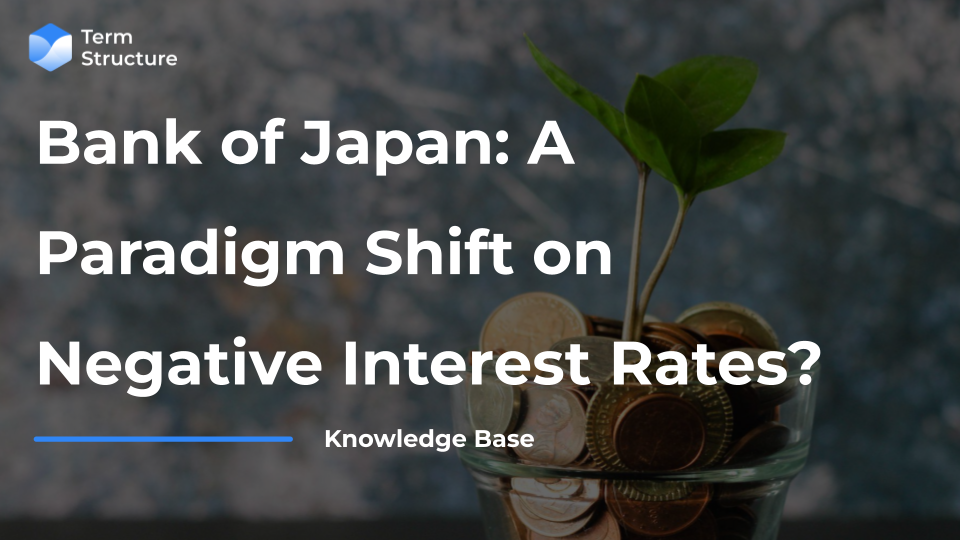Bank of Japan: A Paradigm Shift on Negative Interest Rates?

Introduction
In a move that has caught the attention of financial markets worldwide, the Bank of Japan (BoJ) recently announced the conclusion of its monetary stimulus program. This marks a watershed moment for Japan's economic policy. The country is steering away from its past of aggressive monetary easing and moving towards a period of monetary normalization. Our summary below delves into the key points and implications of the BoJ's recent announcement.
Ending an Era of Negative Interest Rates
For years, the Bank of Japan has been a standout among global central banks due to its adoption of negative interest rates and a suite of unconventional monetary tools. However, the BoJ has ended the world's last negative interest rate and introduced a new policy rate range between 0% and 0.1%. This adjustment follows the bank's observation that its long-sought 2% inflation target is finally within reach. The change signifies a pivotal moment in Japan's economic strategy because the central bank moves away from its -0.1% short-term interest rate and makes a cautious step toward monetary tightening.
Simplifying Monetary Policy Tools
The Bank of Japan's latest policy shift extends beyond adjusting interest rates. In a move to simplify its monetary policy framework, the BoJ has also decided to end its complex yield curve control program. Nevertheless, it pledges to continue the purchase of long-term government bonds as necessary. Furthermore, the central bank has ended its purchases of exchange-traded funds (ETFs) and real estate investment trusts (REITs), stepping back from a practice that made it the largest single holder of Japanese stocks. This withdrawal from buying risk assets like ETFs, which began in 2010, comes at a time when Japanese stocks have reached a record high. This raised questions about the need for market support through such measures.
Implications and Investor Sentiment
The decision to hike rates, passed with a 7-2 vote, signals a cautious optimism for Japan's economic outlook and suggests that further rate increases may be gradual. The end of the negative rate policy, which was introduced in 2016, represents a significant shift from the BoJ's experimental approach to a more conventional one. This transition occurred as central banks worldwide considered easing their rates following extensive tightening campaigns. Notably, the prolonged period of monetary easing has inflated the BoJ's balance sheet to 127% of Japan's annual economy—a stark contrast to the Federal Reserve's assets-to-economy ratio.
Conclusion
The Bank of Japan's historic decision to end its massive easing program and the world's last negative interest rate heralds a new era for Japan's economy. By adjusting its policy rate and simplifying its monetary tools, the BoJ is cautiously navigating toward its inflation targets while acknowledging the evolving global economic landscape. This strategic shift is not only a significant milestone for Japan but also a moment of reflection for global markets as they adapt to changing monetary policies in one of the world's leading economies.
You can read the full Bloomberg article here: https://www.bloomberg.com/news/articles/2024-03-19/boj-ends-massive-easing-program-with-first-rate-hike-since-2007?srnd=homepage-europe
